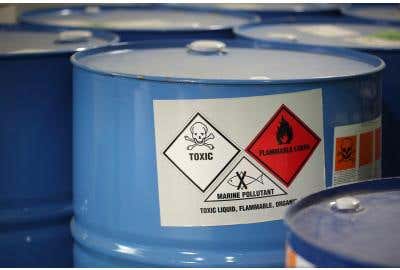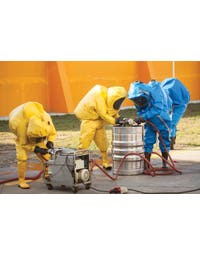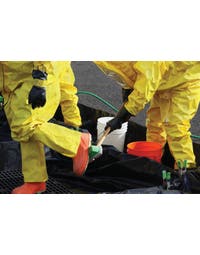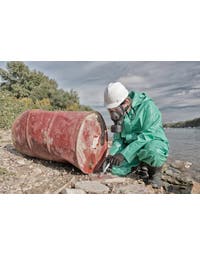HAZWOPER: The Basics


From construction workers to those working in general industries, many employees encounter risks on the job site that could put their health and safety in jeopardy. One of these risks is the potential for exposure to hazardous substances, and when encountered, those situations must be handled with extreme caution.
Enacted by Congress in 1990, the Hazardous Waste Operations and Emergency Response (HAZWOPER) standard set out to mitigate the risks associated with dangerous materials. Here’s a closer look at HAZWOPER and how you and your employees can receive proper training.
What is HAZWOPER?
The HAZWOPER standard is federal legislation that was designed to protect employees in the event of exposure to hazardous materials or situations. HAZWOPER requires the Occupational Safety and Health Administration (OSHA) to make its regulations known to workers who are exposed to hazardous materials, substances, and situations while on the job. According to OSHA, a hazardous scenario would entail:
- Situations that are life-threatening or have a risk of injury, including Imminent Danger to Life and Health (IDLH) environments
- Conditions presenting an oxygen-deficient atmosphere or requiring an evacuation of the area
- The presence of toxic substances in high concentrations
- Any activity or condition that carries a fire or explosion hazard
- All situations requiring immediate attention due to employees in danger
Why is HAZWOPER training important?
All workers who encounter hazardous substances must be provided with the proper knowledge and equipment to respond to chemical leaks, explosion hazards, and more. These concerns came to light in the United States during the industrial boom surrounding World War II. Several incidents involving atomic bomb development, including the Love Canal and fatal Union Carbide plant chemical spill, led to the introduction of HAZWOPER legislation. Before the standard, workers were not always sufficiently protected on the job when responding to a chemical emergency, stabilizing the area, and cleaning up after the incident.
Who needs HAZWOPER training?
As defined by OSHA in 29 CFR 1910.1200 and 1926.65, HAZWOPER applies to any employers and employees who work around hazardous substances and have involvement in cleaning, treating, storing, and disposing of remaining waste. These individuals include emergency responders, uncontrolled hazardous waste site operators, and treatment, storage, and disposal facility (TSDF) personnel, among others. At a high-level, you’ll likely require a level of HAZWOPER training if you’re involved with:
- Government-required cleanup operations
- Corrective actions covered by the Resource Conservation and Recovery Act of 1976 (RCRA)
- Voluntary cleanup operations at uncontrolled hazardous waste sites
- TSDF operations
- Emergency response operations
If you’re unsure about requirements for your job or workplace, speak with your company’s safety director, Competent Person, or other authority on job site safety for more information.
What does HAZWOPER training involve?
According to the OSHA 29 CFR Parts 1910.120 & 1926.65 standards, HAZWOPER training initially requires a 40-hour or 24-hour course, depending on the duties of your job and your prior experience. As an approved OSHA training provider, ClickSafety offers convenient online HAZWOPER courses to employers and employees who require the training. Available courses include:
- HAZWOPER 40-Hour for All Industries
- HAZWOPER 24-Hour for All Industries
- HAZWOPER 16-Hour for All Industries
- HAZWOPER 2024 Refresher (8-Hour)
After completing your 24- or 40-hour HAZWOPER course, you’ll be required to take an 8-hour refresher course once per year. The HAZWOPER 2024 Refresher (8-Hour) course makes it easy to stay compliant with a comprehensive review of OSHA 29 CFR Part 1910.120, including essential HAZWOPER safety and health issues addressed by OSHA and other organizations for 2024.
New course materials in 2024 include workplace bentilation during cold weather, safety issues for warehousing operations, resources for oil spill emergency response and recovery, and more information on additional workplace hazards. For those seeking refresher training appropriate for supervisor-level employees in the construction industry, please see our HAZWOPER 8-Hour Supervisor course.
You’ll have one full year to complete your course, allowing you to work at your own pace as it fits into your schedule. After completing the course, we will issue you a certificate of completion. For more information on HAZWOPER training or which course you should take, contact ClickSafety today.




